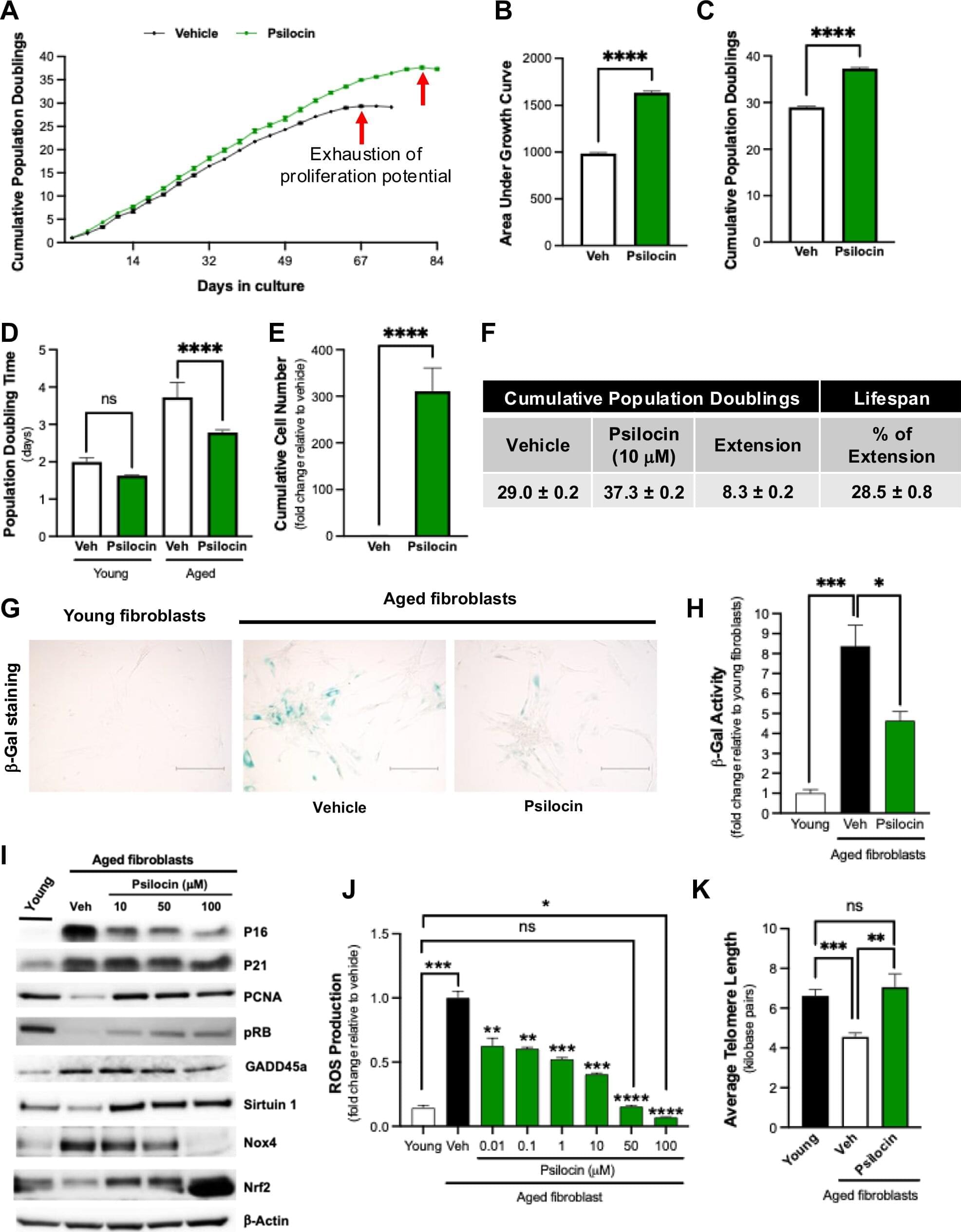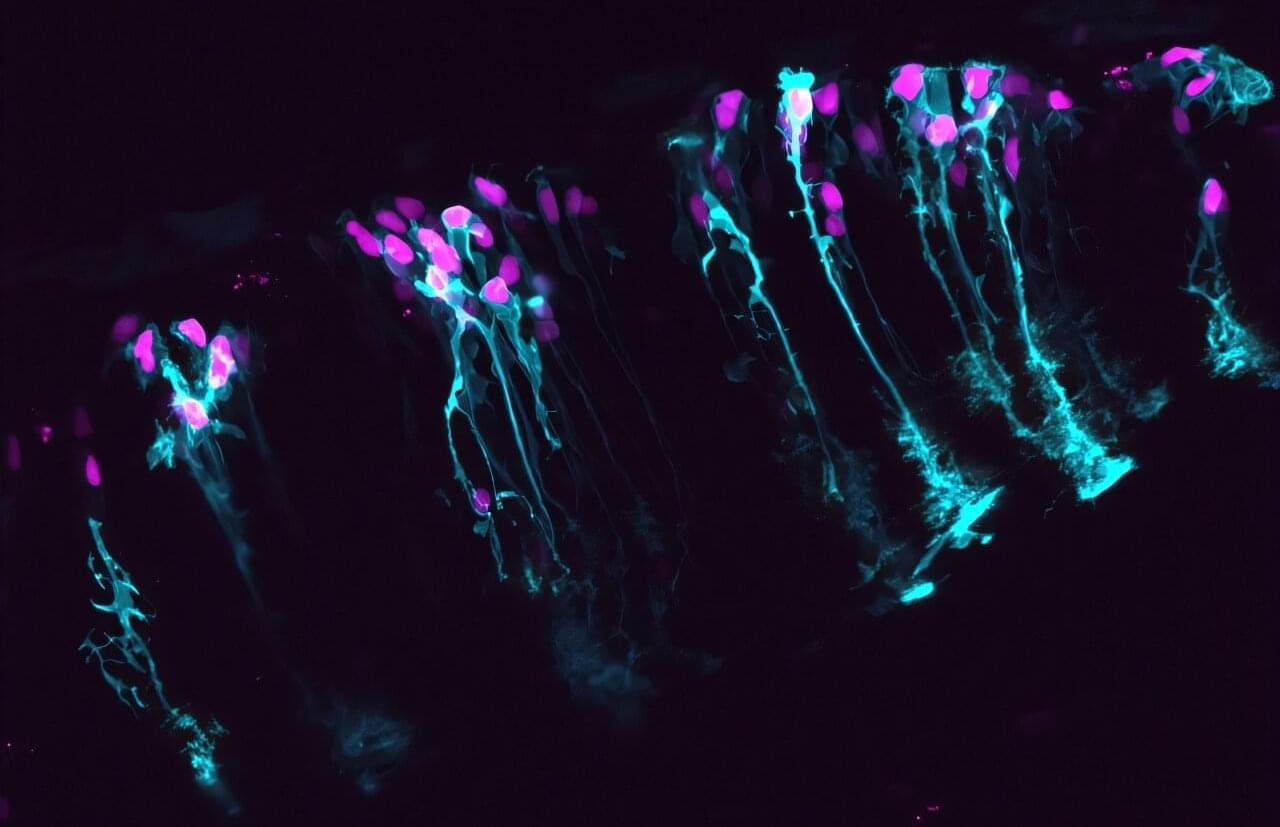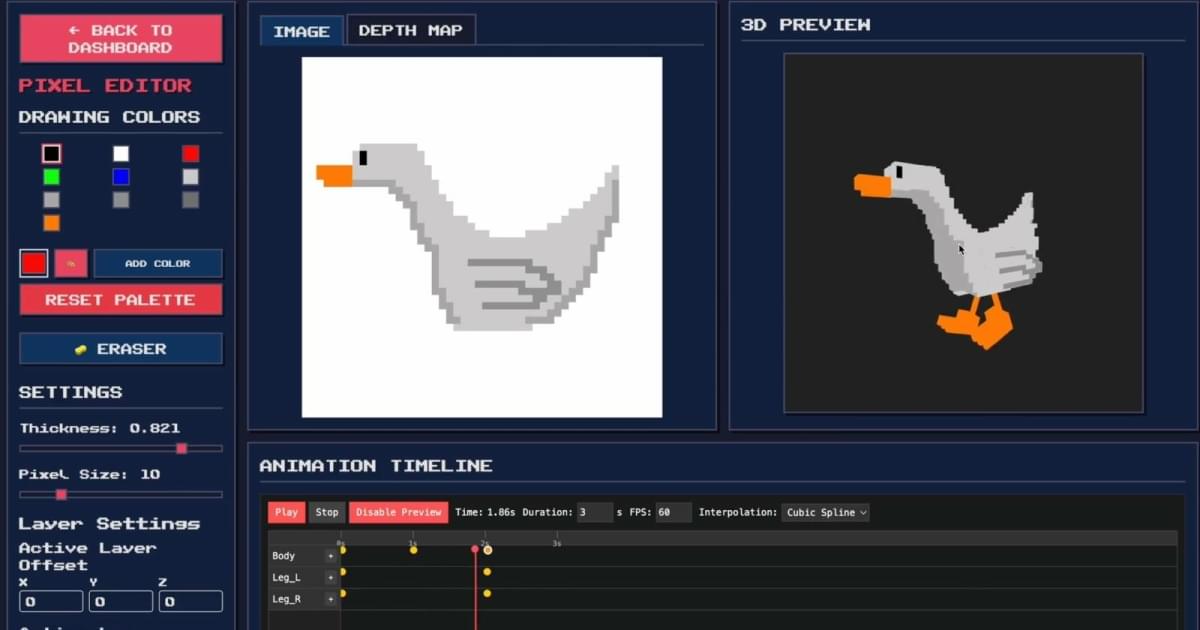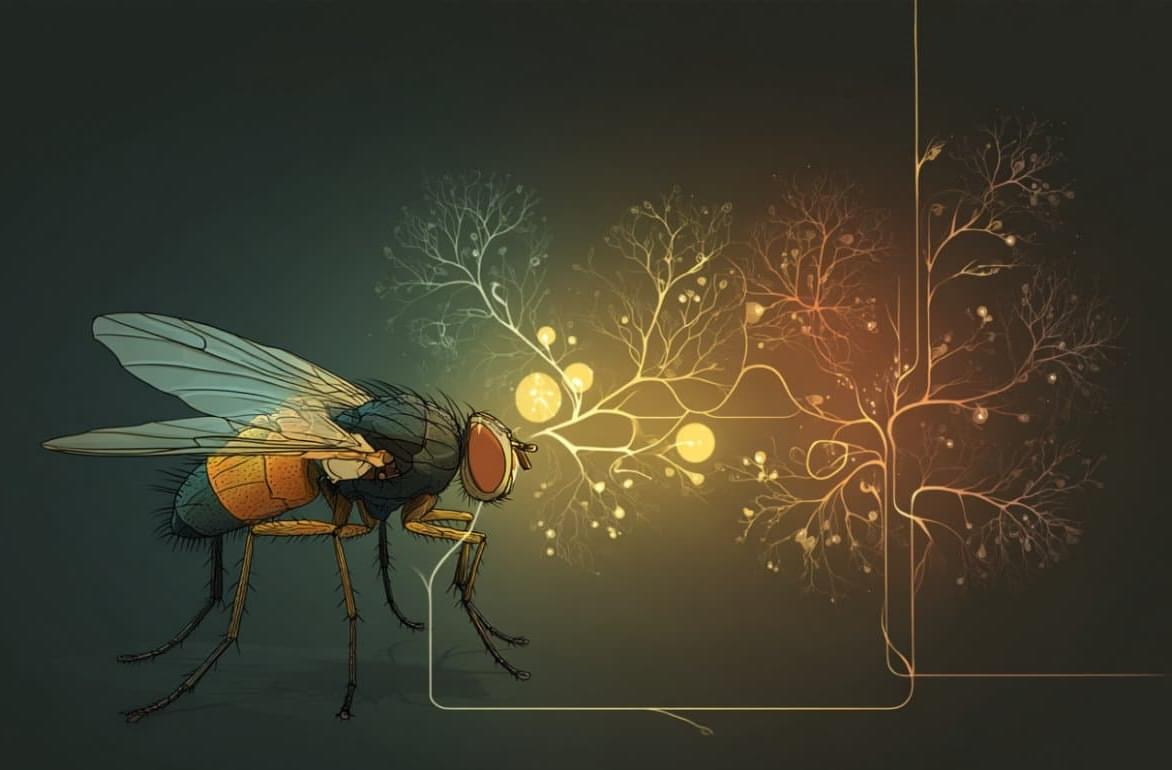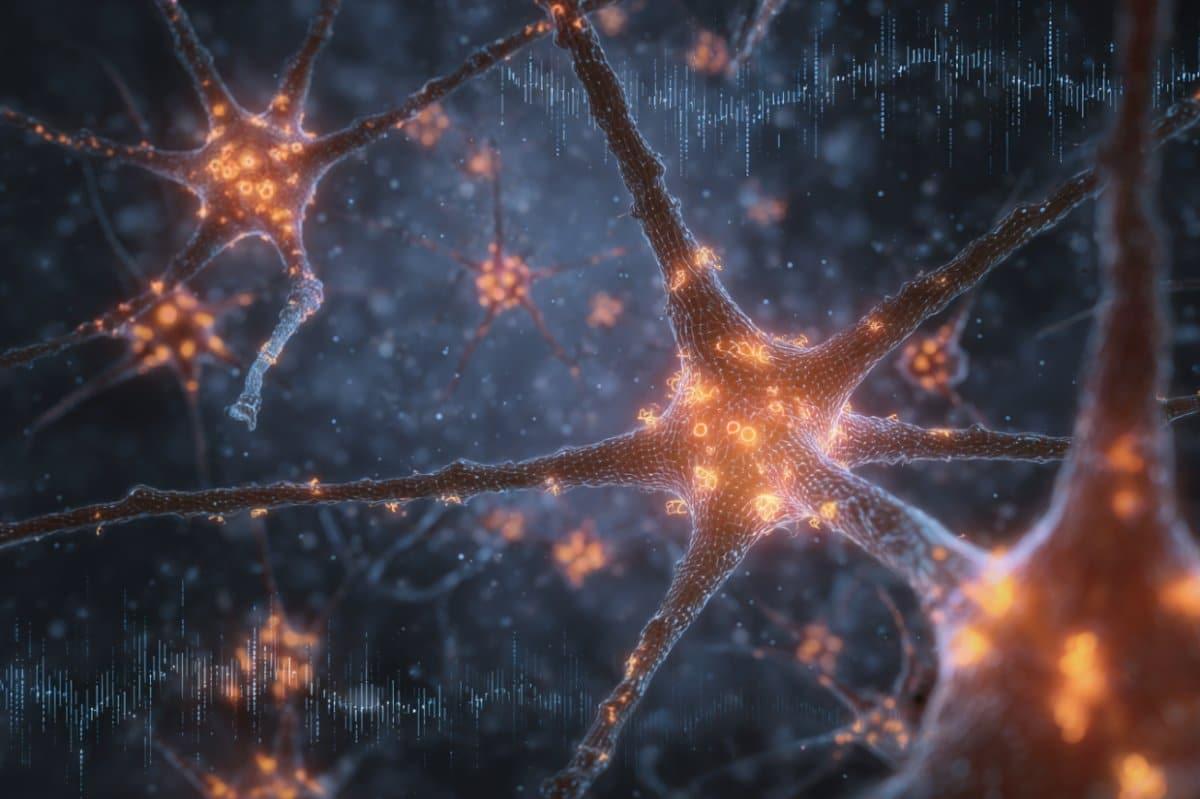A compound found in psychedelic mushrooms may have antiaging properties. Researchers at Baylor College of Medicine have found that psilocybin, the active compound in psychedelic mushrooms, may extend both cellular and organismal lifespans.
The findings, published in the journal npj Aging, show that psilocybin reduced multiple hallmarks of aging in cells while also improving survival in aged mice.
“There have been a number of clinical studies that have explored the therapeutic potential of psilocybin in psychiatric conditions such as depression and anxiety; however, few studies have evaluated its impacts outside the brain,” said Dr. Louise Hecker, associate professor of medicine— cardiovascular research at Baylor and senior author of the study.
